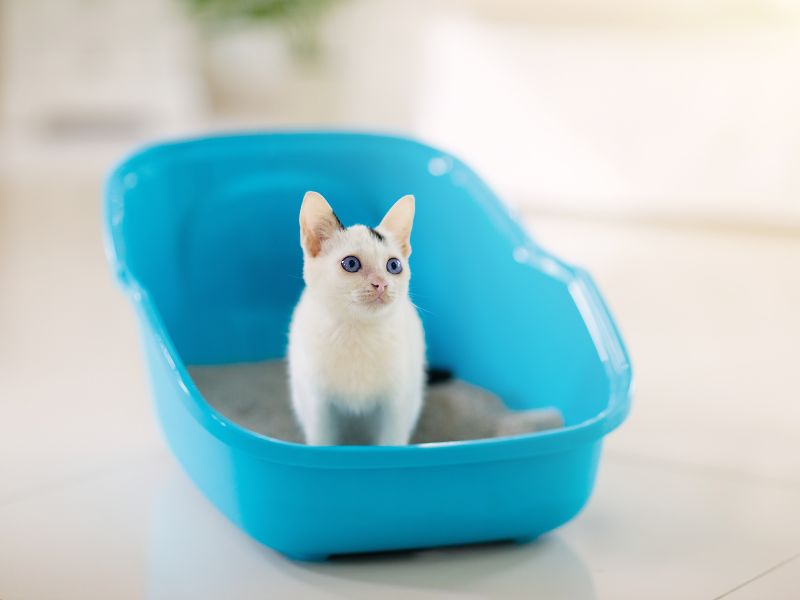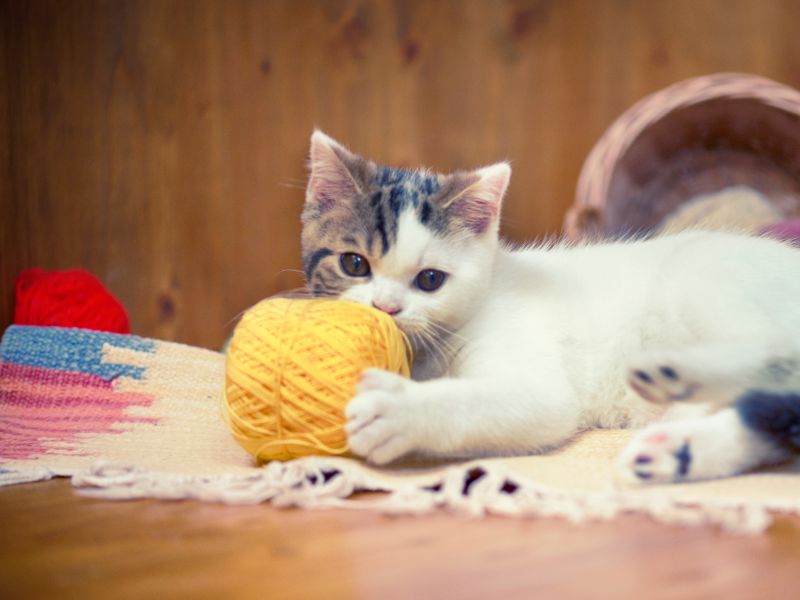Cats are fascinating creatures that have been domesticated for thousands of years, and they have become a beloved pet for many people all over the world. However, as much as we adore our feline friends, there are also some challenges that come with owning a cat. In this article, we will explore some of the most significant challenges that cat owners face and offer some tips on how to overcome them.
Maintenance And Cleaning
One of the most apparent challenges of having a cat is the maintenance and cleaning that comes with it. Cats are known for their hygiene, and they spend a significant amount of time grooming themselves. However, this doesn’t mean that they don’t need help from their owners. Regular brushing and grooming can help prevent hairballs, matting, and other skin and coat issues. Additionally, cats need to have their litter box cleaned regularly, and their food and water dishes should be washed daily to prevent contamination and bacteria growth.
While cats are generally clean animals, they can still be messy at times. They may knock over objects, scratch furniture, or even vomit on your carpet. This can be frustrating for pet owners, but it’s essential to remember that cats are just being themselves. To minimize messes, you can try placing a scratching post near your furniture, providing your cat with toys to play with, and consider a high-quality cat food that is easier to digest.

Health Concerns
Like any other pet, cats are prone to certain health concerns that can be challenging for their owners. Some of the common health concerns include urinary tract infections, dental problems, and obesity. Cats are also susceptible to viral and bacterial infections, such as feline leukemia and panleukopenia. Therefore, it’s essential to schedule regular check-ups with your veterinarian and keep your cat up to date on their vaccinations.
In addition to regular check-ups, you can help keep your cat healthy by providing them with a balanced diet, plenty of exercise, and clean water. You should also monitor their behavior and look for any signs of illness, such as lethargy, loss of appetite, or changes in their litter box habits. By staying vigilant and proactive, you can help ensure that your cat stays healthy and happy for years to come.
Behavioral Issues
Cats are known for their independent and strong-willed personalities, which can make it challenging to train them or get them to do what you want. Some common behavioral issues that cat owners face include scratching, biting, and spraying. These behaviors can be frustrating and even destructive, but they are often a sign that your cat is stressed or anxious.
To address these issues, you can try providing your cat with a safe and comfortable environment, such as a cozy bed or a window perch. You can also offer them plenty of mental and physical stimulation, such as toys, playtime, and puzzles. If your cat continues to exhibit negative behaviors, you may need to consult with a professional animal behaviorist for more specialized training and guidance.
Cost Of Ownership
Owning a cat can be expensive, and it’s essential to budget for the costs associated with their care. Some of the expenses you can expect to incur include food, litter, toys, and grooming supplies. Additionally, you will need to factor in the cost of regular vet visits, vaccinations, and any medications or treatments that your cat may need.
While the cost of owning a cat can add up, there are ways to save money without sacrificing your pet’s health and well-being. For example, you can buy pet supplies in bulk, look for discounts and sales, and consider adopting a cat from a local animal shelter. You can also research pet insurance options to help offset the costs of unexpected medical expenses.
Finding The Right Cat for Your Lifestyle
Not all cats are the same, and it’s essential to find a cat that fits your lifestyle and personality. Some cats are more active and playful, while others are more laidback and independent. Additionally, some cats may be better suited for families with children, while others may do better in a quiet environment.
To find the right cat for your lifestyle, you can visit local animal shelters or rescue organizations and spend some time getting to know the cats available for adoption. You can also research different cat breeds and their temperaments to find a cat that matches your preferences and lifestyle.
Dealing With Allergies
If you or someone in your household has allergies, owning a cat can be challenging. Cat allergies are caused by a protein found in cat saliva, urine, and dander, which can trigger an allergic reaction in some people. However, this doesn’t mean that you can’t own a cat if you have allergies.
To reduce the impact of allergies, you can try keeping your cat out of certain rooms in your home, such as the bedroom or living area. You can also use air purifiers, vacuum regularly, and wash your cat’s bedding and toys frequently. Additionally, you can talk to your doctor about allergy medication or immunotherapy to help manage your symptoms.

See Also: What Happens If You Don’t Spay Your Female Cat?
And: How to Help Your Cat Cope with Stress and Anxiety
Handling Cat Hair and Shedding
Cats are notorious for shedding, and it’s essential to stay on top of it to keep your home clean and tidy. Regular brushing can help prevent matting and hairballs, as well as reduce the amount of hair that your cat sheds. You can also use a lint roller or vacuum to clean up any loose hair around your home.
If you have a long-haired cat, you may need to invest in professional grooming services to keep their coat healthy and tangle-free. Additionally, you can try using a shedding tool or supplementing your cat’s diet with omega-3 fatty acids to help reduce shedding.
Training And Discipline
Training a cat can be challenging, but it’s not impossible. The key is to use positive reinforcement techniques, such as treats and praise, to encourage good behavior. You can also try clicker training or other forms of interactive play to help reinforce positive behaviors.
Discipline is also important when it comes to training your cat. However, it’s important to use discipline techniques that are safe and effective, such as a spray bottle or a loud noise. You should never hit or physically harm your cat as a form of discipline, as this can damage your relationship with them and cause long-term behavioral issues.
Conclusion
Owning a cat can be a rewarding and fulfilling experience, but it’s not without its challenges. From cleaning and maintenance to health concerns and behavioral issues, there are many factors to consider when bringing a cat into your home. However, with patience, understanding, and a little bit of effort, you can build a strong and loving bond with your feline friend that will last a lifetime.

